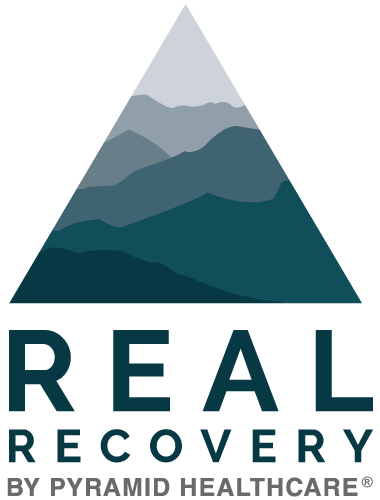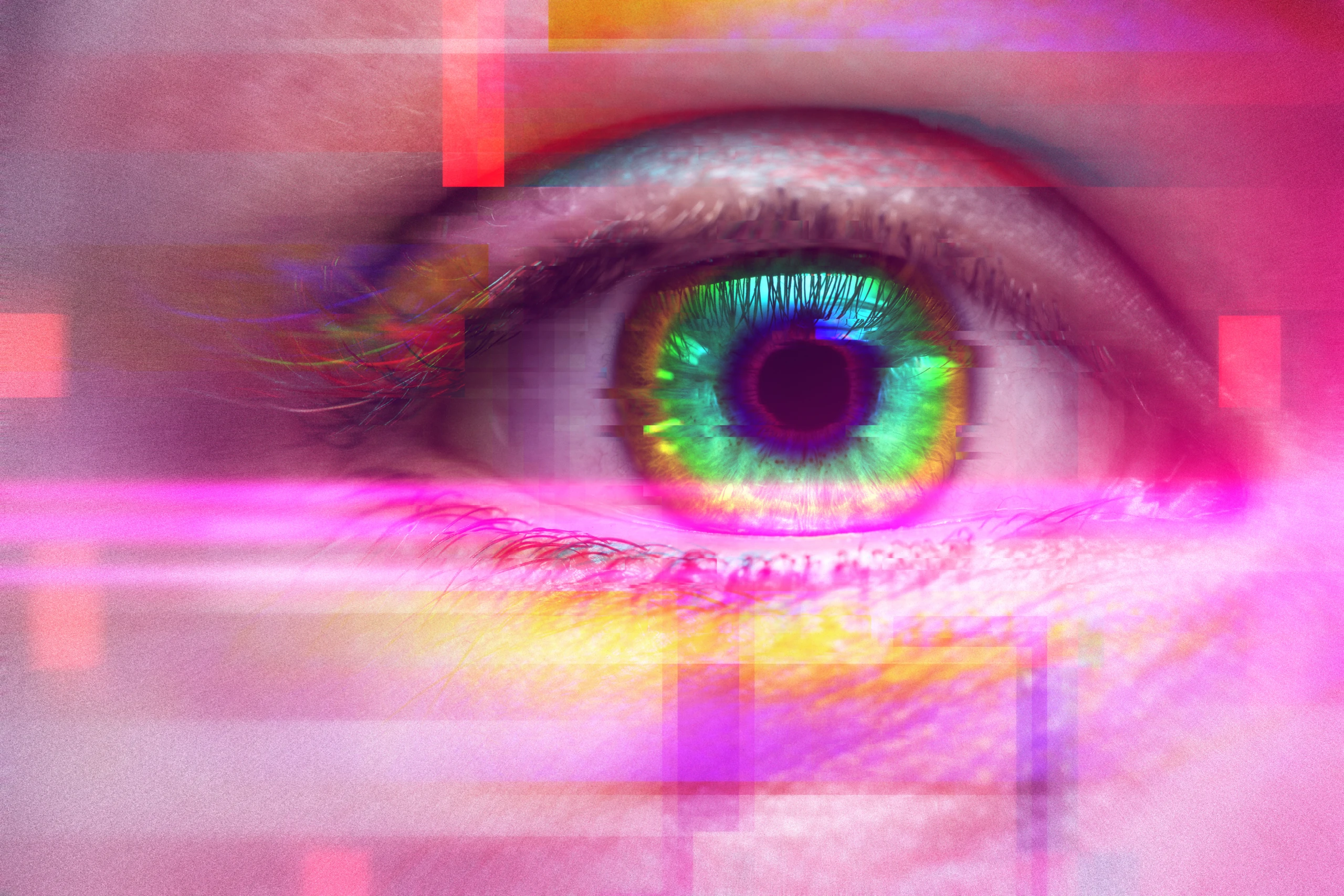Psychedelic drugs have been a topic of interest since the time of ancient civilizations, and continue to be studied by researchers today. They are oftentimes associated with spiritual enlightening as they are mind-altering and provide the user with hallucinogenic experiences. Two of the most popular drugs that fall within this category are lysergic acid diethylamide, also known as LSD, and psilocybin mushrooms, colloquially referred to as “shrooms.”
These drugs share several commonalities in their psychedelic effects, but they differ significantly in their chemical makeup and effects on users. These differences are important to note for both users and researchers alike.
Chemical Composition and Source
LSD is a synthetic compound derived from lysergic acid which is generally created in laboratory settings. It comes in either a clear liquid form or a white powder. LSD is generally taken by mouth via pill, powder, liquid or capsule, but it can also be inhaled through the nose by snorting or injected directly into the vein.
Lysergic acid diethylamide was first created by Swiss chemist Albert Hofmann in 1938. LSD acts primarily on receptors in the brain which regulate serotonin, causing alterations in cognition, mood and perception. These changes cause hallucinations in which the user sees, hears or feels things that appear to be real but are in fact figments of the mind. These hallucinogenic episodes are commonly referred to as “trips.”
In contrast to the lab-generated LSD, psilocybin mushrooms are naturally occurring fungi found in various regions across the globe. The active ingredient of psilocybin mushrooms is a compound called psilocybin. This compound converts to psilocin upon ingestion, interacting with serotonin receptors in a manner similar to LSD. This causes hallucinogenic experiences comparable to those induced by LSD.
Effects on Users
Both LSD and psilocybin mushrooms have a psychedelic effect on users, creating experiences of an alternate reality. They change peoples’ perceptions and are frequently reported to create euphoric feelings prompting deep introspection and even increased spiritual connection. These effects can vary per person. The amount taken per dose, as well as the environment impact the degree to which the person’s state is changed.
There are, however, significant differences between the effects of LSD and shrooms. People under the influence of LSD report feelings of electrically charged energy, with intense visualizations and a sense of universal connection. Psilocybin mushrooms seem to have a more grounding effect on people, with users frequently describing their experience as “earthy” or “organic” in character. They sometimes report visions that have a dream-like character, and express feeling one with nature.
There are negative side effects that can be associated with LSD and psilocybin mushroom use. LSD can cause increased heart rate, tremors, sweating, and symptoms of depression, anxiety or schizophrenia. Likewise, negative effects of shrooms include dizziness, nausea and vomiting, paranoia, confusion or delirium.
Dosage and Tolerance
Neither LSD or shrooms are addictive in character, however the effects of both vary with their dosage. Generally speaking, the size of the dose is directly proportional to the extremity of the trip: higher doses lead to more intense effects.
People who engage with these substances develop tolerances very quickly, so greater quantities of the substance are required to achieve the same effects if the drug is taken frequently. However, tolerance does diminish quickly after the substance is removed from the body for a period of time.
A typical dose for an LSD trip is 50-150 micrograms. Shrooms are generally consumed in 1-3 gram increments.
Risks and Potential for Abuse
There has been little conclusive research done to determine the risks of long-term psychedelic use as a whole. That being said, psilocybin mushrooms and LSD use both have risks similar to any other brain- or behavior-altering substance when abused or taken in unsafe environments. Users should exercise caution to ensure that they are not at risk of situational dangers when under the influence.
Dosage plays a part in the risks of psychedelic use as well. While death by overdose is very unlikely with shrooms and LSD, inordinately high doses can lead to “bad trips.” These are unpleasant and even traumatizing episodes which can cause flashbacks and PTSD-like symptoms. The risks intensify when LSD and shrooms are used by people with preexisting mental health disorders such as bipolar or schizophrenia.
Long-term abuse of these substances may cause permanent changes to the brain in regards to perception and cognition. It could also lead to psychological dependence, although physical dependence is unlikely.
Get Help Today
If you or a loved one are struggling to sort through the realm of psychedelic use and abuse, Real Recovery is here to answer your questions. Contact us online today, or call 855-363-7325 for clear and honest information about these mysterious and powerful substances.





